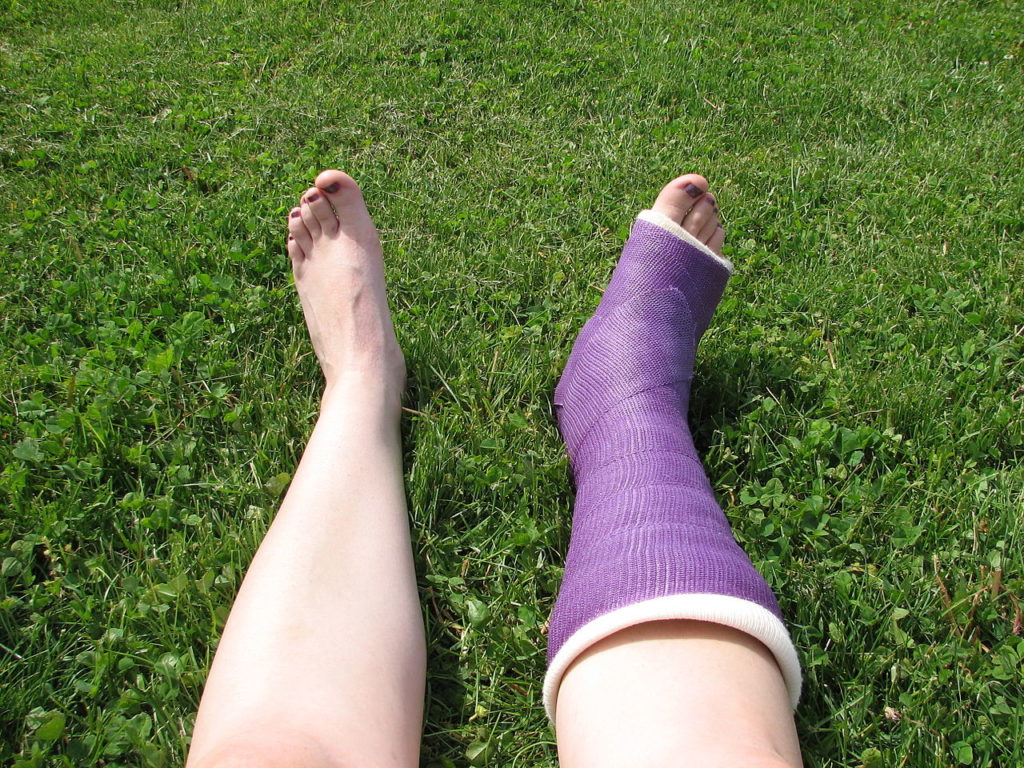Orthopedic problems include bone, muscle and joint issues that can cause severe chronic pain, an inability to function normally, and other effects that inhibit someone from living a full and active life. Orthopedic surgeon, James DeVellis MD believes that we all need to know how to improve our orthopedic health in order to potentially avoid problems and keep ourselves orthopedically fit. Here are the most important things we can do:

Keep Moving
Exercising daily is perhaps the most important thing you can do to keep your bones, muscles and joints healthy. Most people frown upon sedentary lifestyles because the result is most likely weight gain. And while this is true, being sedentary does even more harm to our bodies. One key negative for form an orthopedic standpoint is that one study suggests that sitting results in rapid and dramatic negative changes in skeletal muscle. When this occurs, you must overcompensate when doing simple exercise like walking. So it is imperative that you get moving and keep moving on a daily basis. For best long term health, your exercise should me slightly strenuous but not overly so, and in the event you feel any continuing pain you should discontinue the exercise until the pain ceases for more than 48 hours. If it does not cease, you should consult your doctor. Any exercise program you undertake should have three key components, all of which are important for your orthopedic health.
Stretching Phase: During this part of the exercise, you will focus on stretching the muscles and ligaments gently and seeking to increase your flexibility and range of motion. You do this phase both before your strengthening phase and after your cool down phase and it should last for ten to fifteen minutes each time.
Strengthening and Cardio Phase: Here you should do a combination of exercises that work your muscles and increase your heart rate for a sustained period of time. For strengthening, you should seek to use resistance or even weights that challenge but do not overwork the muscles. Expect to have a 20 minute strength period during your workouts. Cardio should place your heart rate at 75% of its maximum for another 20 to 30 minutes. Great cardio exercise include running and aerobics.
Slowing Down Phase– The body needs to gradually get back to a resting period, so you should have a slowing or cooling down phase during your workouts. If you have been running for instance do a light job or even brisk walk before completely stopping. This phase should last ten to fifteen minutes and go right into stretching.
Get the Right Nutrients
Eating right is a smart and necessary tool in the fight for good bone, muscle and joint health. Your goal should be to eat a balanced diet that incorporates all of the food groups in proper proportion and take in the needed amounts of vitamins and minerals to ensure your body gets what it needs to function efficiently. We also need to avoid overeating and carrying excess weight, because this in addition to creating a range of internal health issues, puts additional stress on our joints and bones often leading to orthopedic heath issues. In terms which vitamins are the most important for bone and joint health, Calcium, prevalent in dairy products and, vitamin D, contained in fatty fish and dairy products are both irreplaceable for good bone and joint health. You should make sure you are getting the required amounts and in the event you are not for these and other vital vitamins and minerals in your daily diet, you should take supplements.


